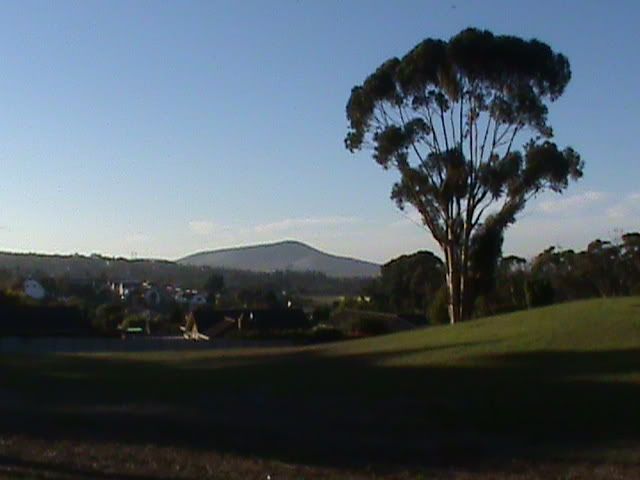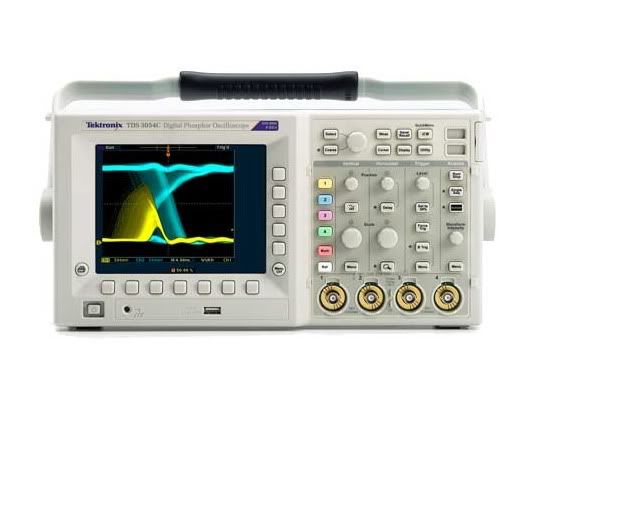Originally posted by b4FreeEnergy
View Post
The thing that puzzles me is that I was given to understand that the thread was 'required' to advance much needed experimentation. But I see NONE. Or rather I see no tests on the actual switching circuit. All I actually read is a continuing attack on my thesis and on this application. Indeed, the only test that is also fully described was a 'failed' test and it's easy to 'fail' this. One just needs to adjust the duty cycle to secure a bad frequency and failure will follow as day follows night. One hopes it was not intended.. It now appears that if some arbitrary test is performed on a resistive winding - that does not generate an appropriate heat - applied through an UNSWITCHED system - it will then conclusively prove that the model is wrong. And the model is rather scathingly referenced as my 'superluminal zipons'. Why is that model being discussed at all? It's elsewhere regarded as irrelevant and immaterial to the effect? Yet here it's even being evaluated. And in terms that 'brook no argument'. It's an argument that is presented with apparent authority when in fact there is none.
I also read of a raft of tests that are proposed to determine the effective 'heating' over a range of wires - using STANDARD energy supply sources - for goodness sake. This to disprove some claim that I have NEVER made that the heat is better dissipated through thicker wire. And all this on a thread where 'membership' is required to determine the caliber of the contributors and their compliance to 'on topic' discussion of the so called 'mosfet heating circuit' - a misnomer in and of itself. And the final irony. I myself, who actually authored this maverick benefit in switching circuits - may not 'speak' on that thread.
Frankly I still find myself drowning against this flood of misinformation because I simply cannot get the air required to counter these attacks. My hope is that it will finally be silenced when we get our hot water application up and tested.
As an update - we are due to take delivery of our cylinder sometime during next week. Only then will I be in a position to get the resistor designed - at this stage intended as a single straight rod. But we will probably need to test a variety of windings. We've had to modify the original design - marginally - to cater to the concerns of the manufacturer. But - effectively - we'll have the first 'test' apparatus and that will have the added merit of being scaleable. Any advances on that required resonance will obviously be shared. This last week has been slow - a short week because of a holiday.















Comment